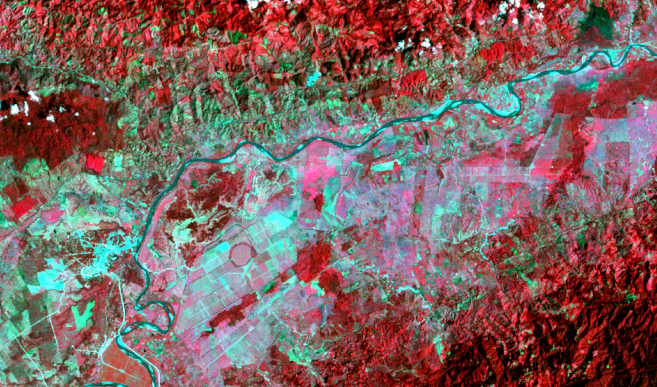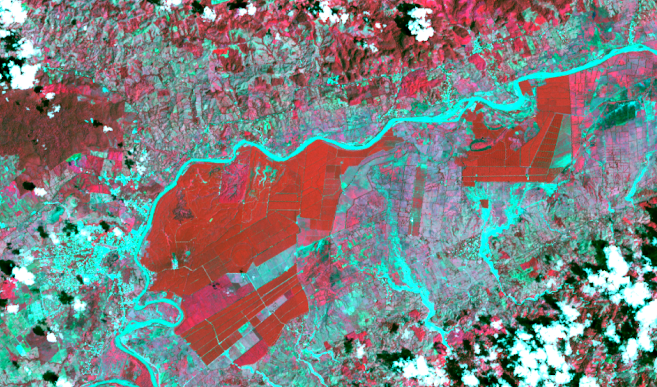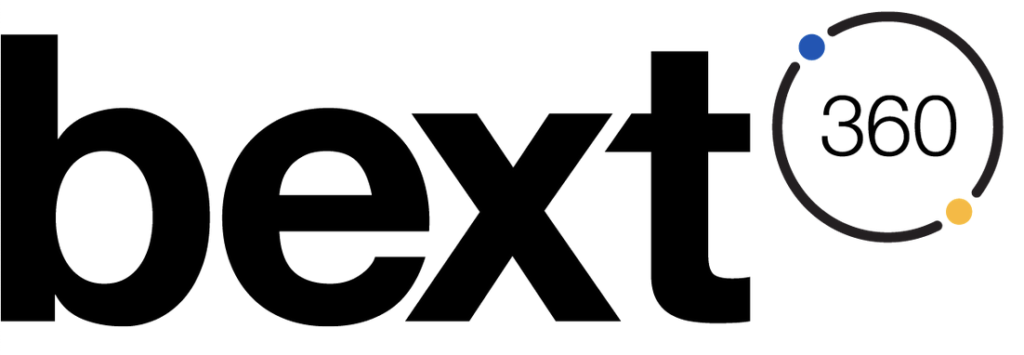The EU Deforestation Regulation – EUDR – and agroforestry certifications such as Rainforest Alliance and the Roundtable on Sustainable Palm Oil Standards (RSPO) require the proof that no deforestation has taken place. For this reason we have developed deforestation and land conversion risk assessments and detailed mapping services. We combine for instance long-term satellite time series and internationally renowned datasets on tree cover, canopy height and land cover to achieve the most reliable results.
EUDR Check Service
The EUDR Check product is an automated assessment tool at parcel level providing support to fulfil the EUDR requirements for the affected commodities. It supports with geolocalisation, EUDR deforestation risk assessment and assistance on compliance with local regulations. In addition it provides auditable information based on remote sensing data and derived products. Furthermore the EUDR Check product can be easily integrated into existing traceability systems or other IT systems by its standard based REST API.
We consider it as mandatory tool if goods are procured from for high and mid risk level countries.
Regional deforestation risk assessment
We provide efficient regional risk assessments to support due diligence processes, certification assessments or similar. Using long term satellite data archives and derived datasets from them we are able to conduct deforestation assessments on any date demanded by different certification schemes. Our results allow a fast and cost efficient assessment of deforestation risks even if exact location information is not available to the user.
Custom land conversion and deforestation analysis
We also offer large scale land use mapping services to detect deforestation and land conversion events according to custom user requirements. By using historical satellite data of the last 40 years a variety of custom analysis tasks can be carried out. For example data analysis for non-standard cut-off dates, other forest type or land cover definitions can be carried out.


References

Deforestation assessment of multiple palm oil plantations in Central America for the Bext360 traceability platform, provided through AgKnowledge API. For each plantation plot the proportion of each land use class before the conversion has been determined. The time span analysed was between 10 and 20 years.
